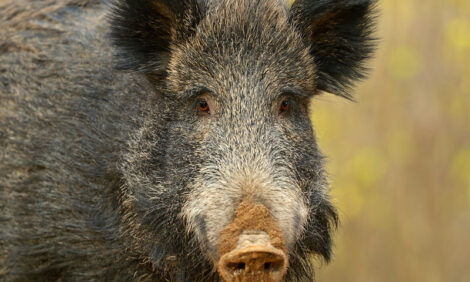



Scientists Develop Method for Detecting Parasite Causing Toxoplasmosis in Ham
SPAIN - Scientists from the universities of Granada and Valencia have made the most comprehensive global study to date on the presence of 'Toxoplasma gondii' in cured ham.The scientists developed a new molecular method for determining the presence of the parasite Toxoplasma gondii, which causes toxoplasmosis, in samples of ham.
This new method, published in the scientific journal Food Microbiology, involves the capture and quantificationof the parasite's DNA through magnetic particles.
The method has a sensitivity capable of detecting a cell parasite in 100 grams of ham with an efficiency of 94.6 per cent.
Similarly, scientists have determined the infectivity of the parasites detected in the samples of ham.








